Concealed Carry Corner: What To Practice For Concealed Carry - Part 2

Welcome back to another edition of Concealed Carry Corner. Last week, we talked about some great reasons to dry fire and why it may be more helpful than most realize. If you happened to miss that article, be sure to click the link here to check it out. This week, I want to take a look at some great drills to do at the range, which can incorporate the full spectrum of skills needed when it comes to carrying a concealed firearm. While there are dozens of drills out there that do a fantastic job, these three drills below are some of the easiest to start on and most can be done with a piece of paper hung up on a target backer rather than having expensive target stands and full-size targets. Let's take a closer look at some drills for carrying.
Bill Drill
When it comes to simple but effective drills for carrying concealed, the classic Bill Drill is a tough one to beat. This drill is essentially drawing from concealment and firing six rounds into the target as fast and accurately as possible. This can be done with a full-size cardboard target or even a regular 8 1/2 x 12 piece of paper. While this is a pretty straightforward drill, it allows people to work on their draw, gun presentation, sight picture, trigger manipulation and reacquiring their sights and good grip after their first shot. Cadence and throttle control are also being worked on, so it really does encompass everything you need to focus on. It doesn't take hardly anything in terms of equipment to make work and will show you if you need to practice anything from your draw stroke, to your sight picture or trigger pull.
A good benchmark time with the Bill Drill is roughly around 3.5 seconds while making all your hits in the A zone or on a piece of paper. If you consider yourself an experienced shooter, that time should be 2 seconds or below. Distance is also flexible, with beginners starting at 3 yards and 5 yards and 7 yards being the toughest. The most experienced shooters can fire 6 rounds at 7 yards in under 2 seconds with all hits going inside the A zone. This is a really tough drill at that distance, but it's certainly possible with enough practice. Overall, a simple yet fantastic drill, no matter what your experience level is currently.
Dot Torture Drill
For those of you who train at indoor ranges or ranges that don't allow drawing from concealment, it can be tough to have drills that challenge you as a shooter, but you can just focus on shooting. The Dot Torture Drill is an accuracy-based drill that makes you focus on your shot placement and is perfect for those who want to push their boundaries but have to remain stationary without any ability to draw from concealment. Focusing on a small target not much bigger than your actual bullet allows you to learn how to place shots close to the area you are intended to hit. Early on, some shooters anticipate recoil and can be 3-5 inches off target and working on accuracy training can certainly help tighten those groups up.
Moving from side to side also helps target transitions and staying focused despite switching from dot to dot. There are plenty of templates online, but these targets are easy enough to make with a Sharpie or even a quick shot or spray paint. These drills don't have to be anything fancy, but they allow you to practice accuracy and the same fundamentals without drawing from concealment or moving at all.
El Presidente Drill
If you have the ability to draw and move around a little, the El Presidente drill is one of the best for throttle control and practicing all the fundamentals. The drill consists of starting with your back to the targets with your hands up. At the starting sound, you turn around and engage all three targets with two shots to the center mass, conduct a mandatory reload and then fire two more rounds into all the targets to complete the drill.
Each target should have 4 shots in total on them in the center area. The average time to complete this drill with a reload is 10 seconds. The expert shooting time is right around 6 seconds with a quick reload. This is more of an advanced drill, but once you start to get the basic drills down like the Bill Drill, this is the next step to involve more movement without forgetting the fundamentals of shooting. Regardless of the higher difficulty, The El Presidente is a fantastic option for both beginners as well as advanced shooters and while it could be tough for some, it's a great way to push your comfort zone and push yourself to learn.
Overall Thoughts
There are plenty more drills out there, like the 2-2-4-2-2 drills, as well as the Mozambique drill, and countless others. If you guys really enjoy looking at various drills to help with fundamental skills, be sure to leave a comment down below. If you have questions about carrying concealed or firearms in general, feel free to shoot me a message on Instagram @fridgeoperator. Stay safe out there and we will see you next week for another edition of Concealed Carry Corner.
TFB’s Concealed Carry Corner is brought to you by GLOCK

I'm an avid shooter and love educating whether it's at my job or in the shooting community. I'm an average joe that really loves talking with other people about firearms and other passions.I'm active on Instagram on @fridgeoperator.
More by Matt E
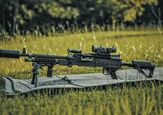
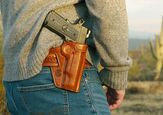
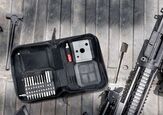








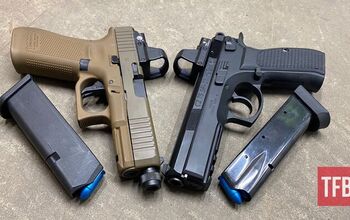
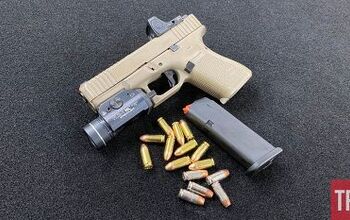




![[SHOT 2025] Ammo Updates From Winchester, Browning](https://cdn-fastly.thefirearmblog.com/media/2025/01/22/17191/shot-2025-ammo-updates-from-winchester-browning.jpg?size=350x220)


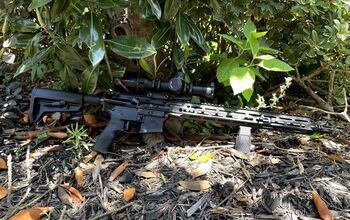
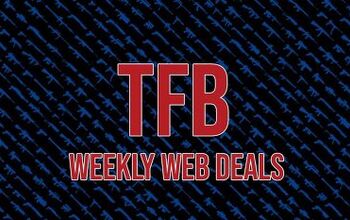
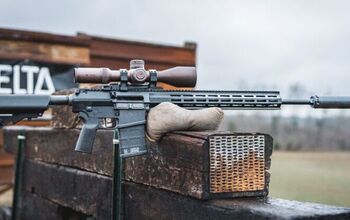

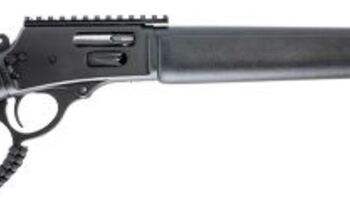


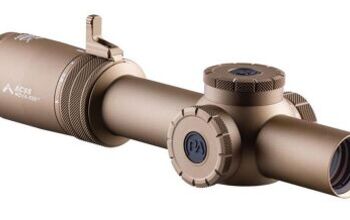
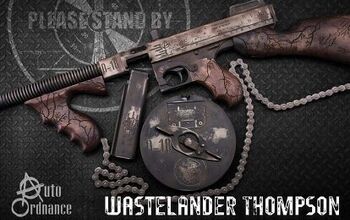
Comments
Join the conversation
Any training involving reloading is an absolute WASTE of time. (for purely CCW training) Go to the ASP channel on you tube. They have THOUSANDS of videos of real gunfights. ALMOST NONE of them involve reloading (only police) and NONE involve civilians EVER reloading in a gunfight. They are over too quickly. IDPA IS a great training tools, but it too revolves heavily around fast mag changes which are not easily done with modern carry (real carry - not full sized) guns.
i recommenced IDPA because it gives you a chance to draw, shoot, and think at the same time. It increases your competence and confidence, and that's always a good thing. Reloading probably won't be needed in a for-real self-defense situation, but you have to do it sometime, and it doesn't hurt to know how. (And, after you've (hopefully) successfully defended yourself, your assailant may have running buddies you don't know about who are coming to assist or avenge him before the cops show up. It might be a good idea to have a spare magazine and the ability to get it in your gun rather quickly. Col. Jeff Cooper, when asked why he always carried a spare mag, always replied, "So I always have a full gun." )